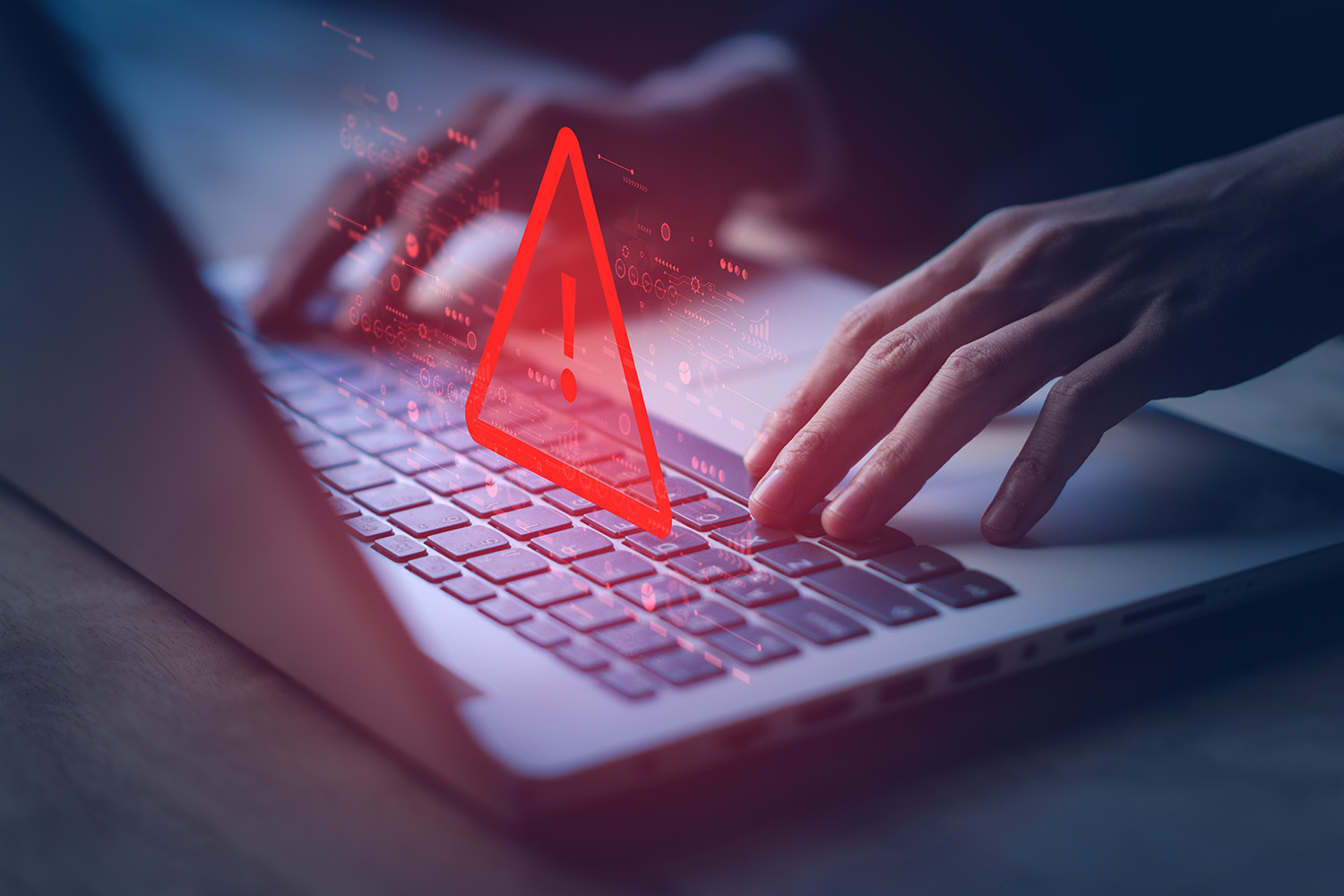Purpose
Adherence to the service level agreement (SLA) is crucial for maintaining client satisfaction and ensuring business efficiency.
Scope
The policy applies to members of the technical department who are responsible for responding to client inquiries & resolving issues.
Policy Statement:
Service level agreement (SLA) priority definitions, response times and resolution times are outlined below.
Response & Resolution Times
| Priority | Response Time | Resolution Time | |
|---|---|---|---|
| Business Hours | After-Hours | ||
| Priority 1 (P1) | 30 Minutes | 1 Hour | 4 Hours |
| Priority 2 (P2) | 1 Hours | 2 Hours | 8 Hours |
| Priority 3 (P3) | 2 Hours | Next Business Day | 1–2 business days |
| Priority 4 (P4) | 24 Hours | Next Business Day | 3–5 business days |
Priority Definitions in Standard Business Environments:
| Urgency: High | Urgency: Medium | Urgency: Low | ||
|---|---|---|---|---|
| Impact: High | Priority 1 | Priority 2 | Priority 3 | Critical – Major business processes are stopped |
| Impact: Medium | Priority 2 | Priority 3 | Priority 4 | Business is degraded, but there is a reasonable workaround |
| Impact: Low | Priority 3 | Priority 4 | Priority 4 | More of an irritation than a stoppage |
| Whole company is affected | Departments or large group of users are affected | One user or a small group of users is affected |
Priority Definitions in Clinical & Patient Workflow Environments:
In healthcare environments (including veterinary and dental), any interruption to clinical systems or patient workflows processes will be treated as Priority 1, regardless of user count or department size.
| Urgency: High | Urgency: Medium | Urgency: Low | ||
|---|---|---|---|---|
| Impact: High | Priority 1 | Priority 1 | Priority 1 | Critical – Major business processes are stopped |
| Impact: Medium | Priority 2 | Priority 3 | Priority 4 | Business is degraded, but there is a reasonable workaround |
| Impact: Low | Priority 3 | Priority 4 | Priority 4 | More of an irritation than a stoppage |
| Whole company is affected | Departments or large group of users are affected | One user or a small group of users is affected |
Guidelines & Best Practices:
- Business Hours: Monday to Friday, 8:30 AM to 5:00 PM
- Definition of Response Time - Amount of time from the initial response after an issue is reported by client.
- Definition of Resolution Time - Time frame for resolving the issue after the initial response.
- Resolution may include providing a permanent fix or a temporary workaround (especially in P1 & P2 cases).
- The resolution time clock typically starts at the initial acknowledgment and ends when the solution is delivered and verified.
- Follow the procedure for escalations Process SOP - Escalation Procedure.docx
- Follow the procedure for after-hours emergency support Process SOP – After-Hours Emergency Support
Client Responsibilities
- Provide accurate issue descriptions and any related documentation or screenshots.
- Designate at least one point of contact for communications.
- Maintain up-to-date contact info and escalation paths.
Issue Types and Resolution Terms:
| Issue Type | Description | Guaranteed Resolution? | Notes |
|---|---|---|---|
| Service Outage (P1) | Critical system failure, network or server down | Yes | Full restoration target usually within 4 hours or less. |
| User Productivity Issues (P2/P3) | Email, printing, or app issues affecting individual or small group | Yes | Resolution timeframes vary based on priority. |
| How-To or Training Requests | Guidance on using software or tools | No | May fall under "best effort" or billable if outside scope. |
| Third-Party Software Issues | Problems with tools not under MSP control (e.g., QuickBooks, Zoom) | No | Resolution may depend on vendor support; MSPs typically act as facilitators. |
| Projects / Installations | New deployments, upgrades, or migrations | No | These are handled under separate project scopes—not subject to standard SLA times. |
| Low Priority Change Requests | Non-urgent changes like user creation, printer installs | Yes | Typically handled within 1–3 business days. |
| Security Incidents | Malware, phishing, or unauthorized access | Yes (but with response time) | Resolution may require investigation and could be escalated to external cybersecurity firms. |
| Recurring (Chronic) Issues | Repeated issues needing root cause analysis | No | May lead to a separate project or escalation. |
Service Credits for Failed Resolutions Times:
- Service credits may be issued when SafePoint IT fails to meet guaranteed resolution times, as defined in the SLA.
- Credits are only applied if breaches occur outside of defined exceptions (e.g., third-party/vendor delays, client non-response, or force majeure events).
- Eligibility for credits typically requires:
- Missed resolution on P1 and P2 priority tickets.
- Resolution times are missed more than 3 times in a month.
- Proper classification and submission of tickets through approved channels.
- The client will receive 5% credit of the monthly invoice on their next month’s bill.
- All credit requests must be submitted in writing within 30 days of the reported incidents.
What Happens When Target Resolution is Not Met:
- Internal Escalation
- The issue is automatically escalated to higher-tier engineers or management.
- This ensures higher urgency and additional resources are applied.
- Client Notification
- The client is informed of the delay, cause, and updated resolution timeline.
- Transparency here is critical to maintaining trust.
- SLA Breach Recorded
- The incident is reported as an SLA breach to the Service Manager.
- Root Cause Analysis (if critical P1 issue)
- For serious or repeated breaches, a root cause analysis (RCA) may be performed.
- A formal report might be shared with the client.
- Service Credits Issue
Exemptions (Force Majeure or Third-Party Delay)
If the delay was due to one of the following reasons, then no service credit is issued, and the SLA breach is not counted.
- A third-party vendor (e.g., Microsoft, Comcast)
- Client-side inaction (e.g., no access given)
- Or force majeure (e.g., natural disaster)
Service Credits Horizon Cloud Downtime:
Horizon Cloud is a fully managed virtual desktop infrastructure (VDI) solution provided by SafePoint IT that delivers secure, cloud-hosted Windows desktops and applications to end users.
Downtime is any period when Horizon Cloud is inaccessible for all company users due to service failure.
Qualifying Conditions:
- Horizon Cloud login portal is unreachable
- Users cannot launch any assigned virtual desktop
- Core infrastructure failure acknowledged by SafePoint IT
- Scheduled maintenance with prior notice
- Client-side internet or device issues
- Application-level or OS-specific problems within desktop sessions
Credits are issued for the monthly Horizon Cloud fee based on Uptime.
SLA Credit Tier Impact:
| Monthly Uptime % | SLA Credit |
|---|---|
| < 99.9% | 25% |
| < 99.0% | 50% |
| < 95.0% | 100% |




